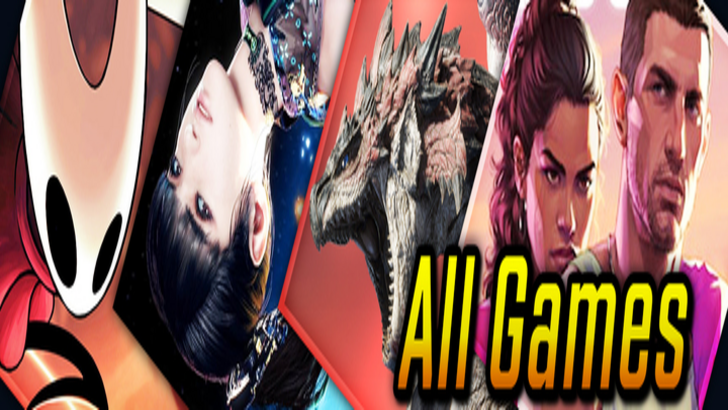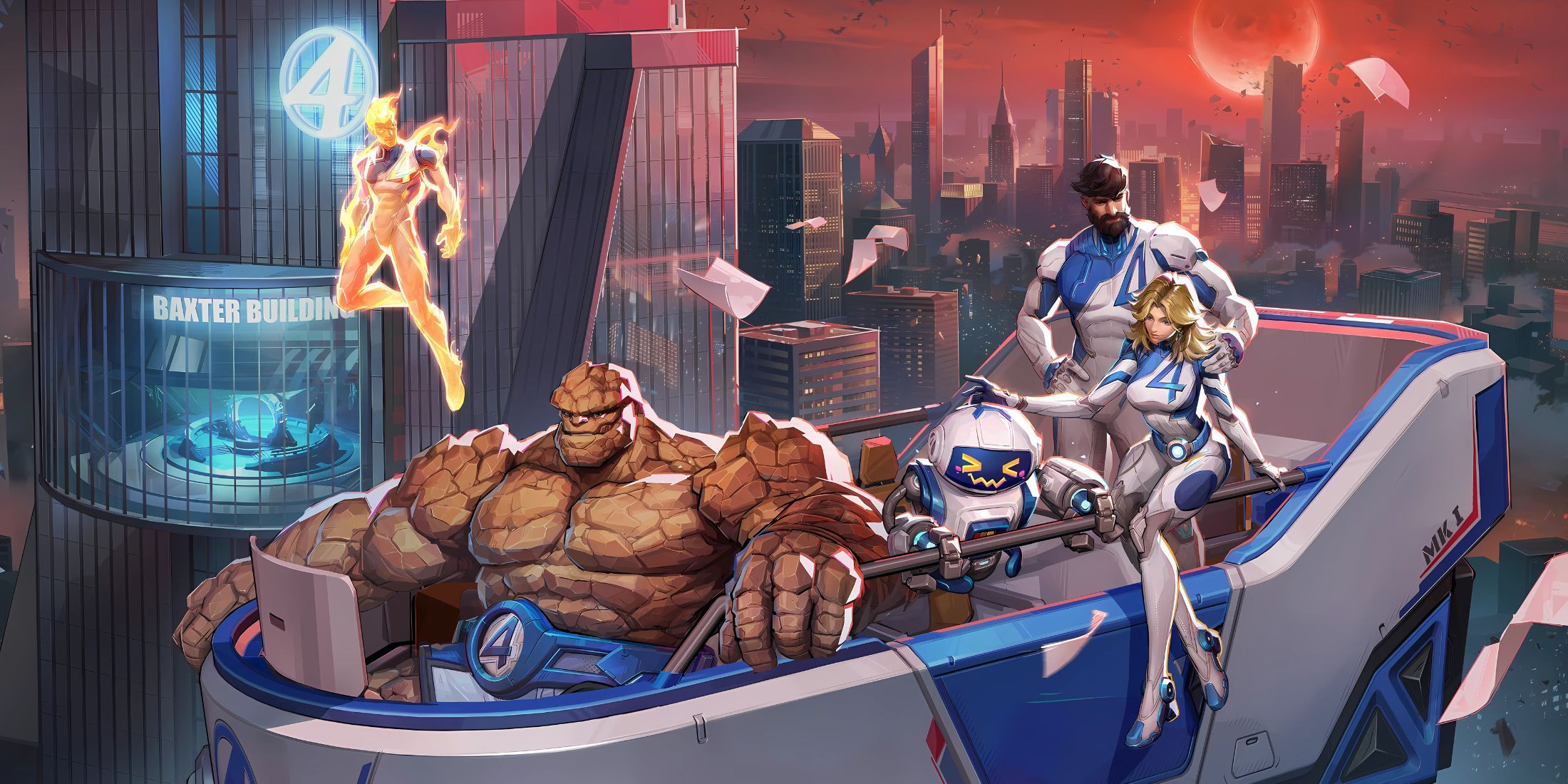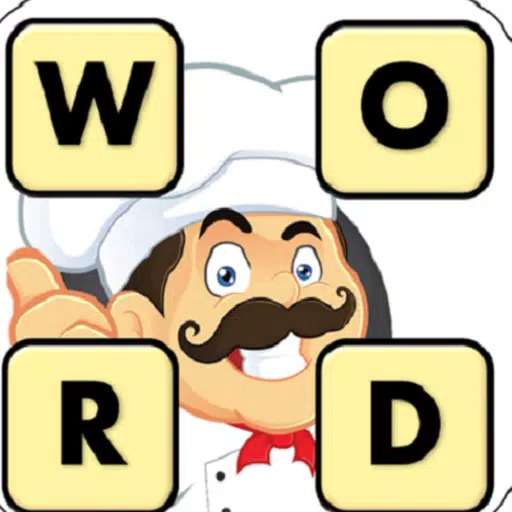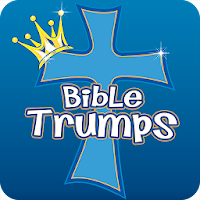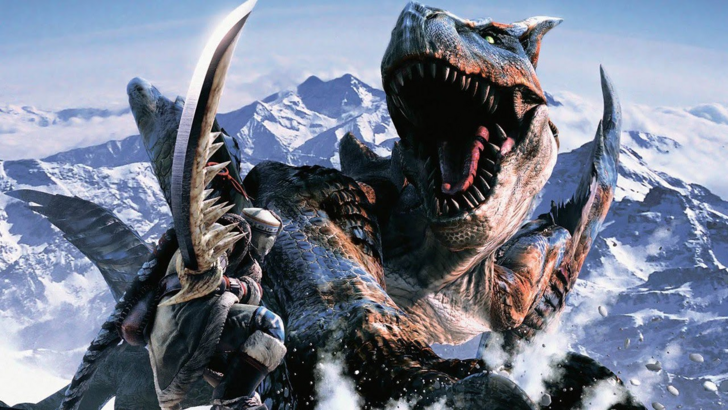
Monster Hunter is renowned for its diverse weapon arsenal and captivating gameplay. But did you know even more weapons exist, absent from recent installments? Discover the rich history of Monster Hunter weaponry here.
← Return to Monster Hunter Wilds' main article
History of Weapon Types in Monster Hunter
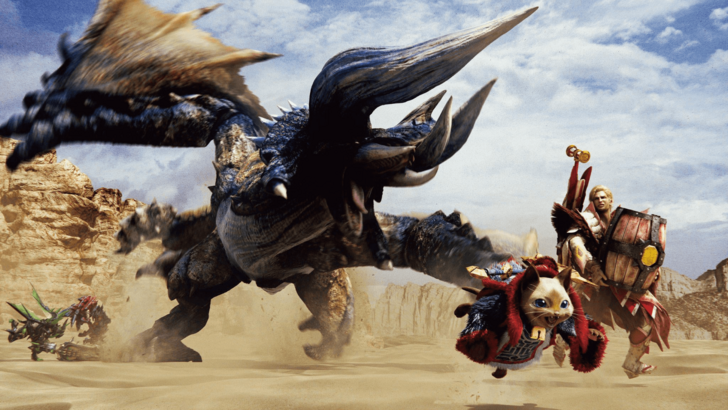
Monster Hunter's legacy spans over two decades, beginning in 2004. A defining feature is its varied weapon types, each offering unique strengths, weaknesses, movesets, and mechanics. Monster Hunter Wilds will boast fourteen distinct weapon types, demanding mastery of their individual nuances.
The evolution from the original Great Sword to its modern iteration is remarkable, reflecting the game's continuous refinement of mechanics and tools. Beyond the familiar, some older weapons remain exclusive to certain regions. Let's delve into Monster Hunter's weapon history.
First Generation
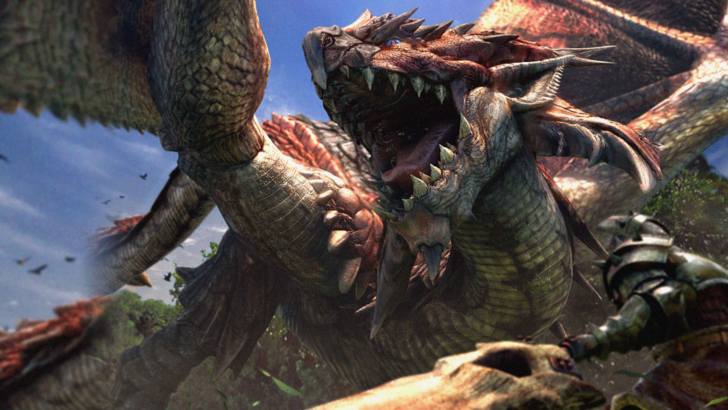
These weapons debuted in the original Monster Hunter and its variations. These veterans have endured, evolving with refined movesets and mechanics.
Great Sword
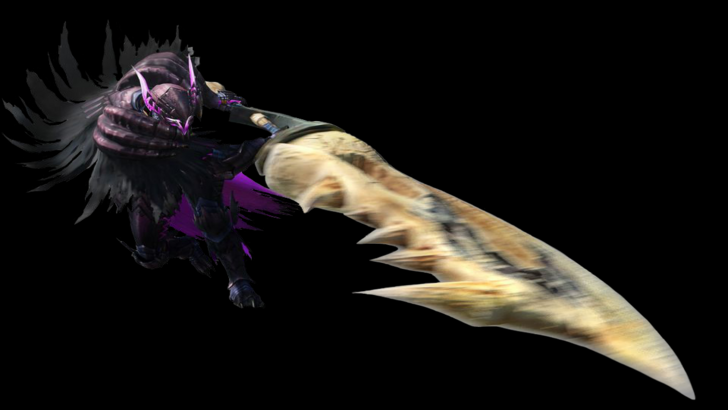
The franchise icon, the Great Sword, arrived in 2004. Its immense damage potential comes at the cost of mobility. While capable of devastating single hits, its attacks are slow, demanding precise timing and spacing. Early iterations emphasized hit-and-run tactics. A unique feature was the damage variation depending on where the blade struck the monster.
Monster Hunter 2 introduced the iconic Charged Slash, a three-level charge attack culminating in a powerful swing. Subsequent games built upon this, adding finishers and improving combo flow, despite retaining the weapon's inherent slowness. Monster Hunter World added a shoulder tackle, enabling quicker access to charged attacks.
The Great Sword offers a low skill floor but a high skill ceiling. Mastery lies in maximizing damage output through precise timing of the True Charged Slash.
Sword and Shield
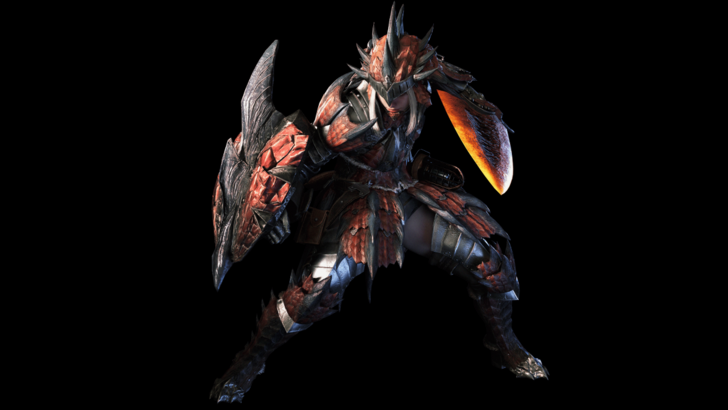
The Sword and Shield embodies versatility. While individual attacks deal moderate damage, its quick combos, blocking capability, mobility, and utility make it a balanced choice. Initially considered a beginner weapon, its complexity increased with added mechanics and attacks.
The original version relied on swift slashes and high mobility. Monster Hunter 2 allowed item use while the weapon remained drawn. Later games introduced shield bash combos (Monster Hunter 3), backstep and jumping attacks (Monster Hunter 4), and Perfect Rush and aerial finishers (Monster Hunter World and Rise).
Despite its shorter range and lower damage, the Sword and Shield is a true jack-of-all-trades, boasting infinite combos, evasiveness, powerful finishers, and a reliable block. Its deceptively simple appearance belies its depth.
Hammer
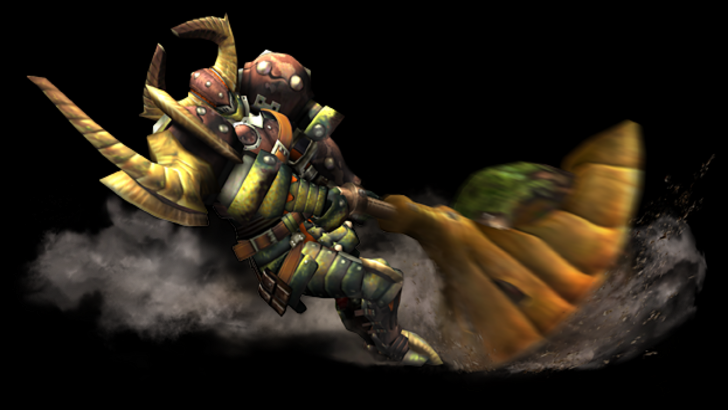
One of two blunt weapons (incapable of cutting tails), the Hammer excels at breaking parts, particularly heads, leading to KOs (knockouts). Its playstyle resembles the Great Sword's hit-and-run approach, but with surprisingly high mobility and no blocking. Its unique charge mechanic allows movement during charging.
The moveset remained largely consistent until Monster Hunter World and Rise, which introduced Big Bang and Spinning Bludgeon, significantly enhancing its offensive capabilities. These games also introduced Strength and Courage modes, altering charge attacks and effects, adding strategic depth.
The Hammer's objective is simple: target the head for KOs and unleash devastating charged attacks. Mastering its mobility and charge management is key to maximizing its potential.
Lance
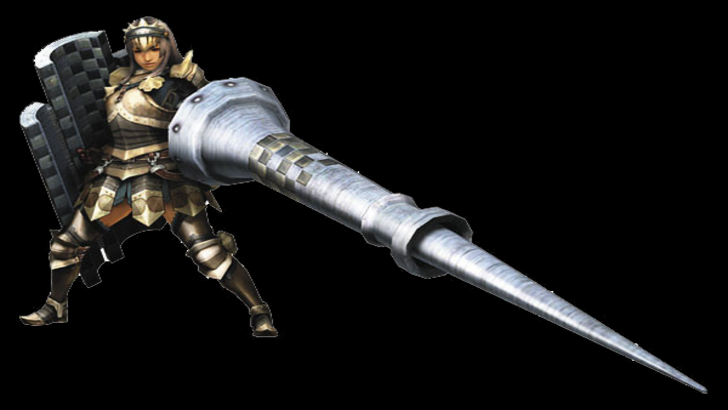
The Lance embodies the principle "a good offense is a great defense." Its long reach and sturdy shield provide excellent defense, capable of blocking most attacks with the right skillset. Despite limited mobility and attacks, its damage output is considerable.
Its playstyle is akin to an outboxer, poking from a distance while shielded. Main attacks are forward and upward thrusts, chainable up to three times. A counter mechanic was added, along with running charge and shield bash attacks for closing the distance.
Often underestimated due to its less flashy animations, the Lance rewards players for standing their ground. It transforms the hunter into a formidable tank, offering superior defense compared to its cousin, the Gunlance.
Light Bowgun
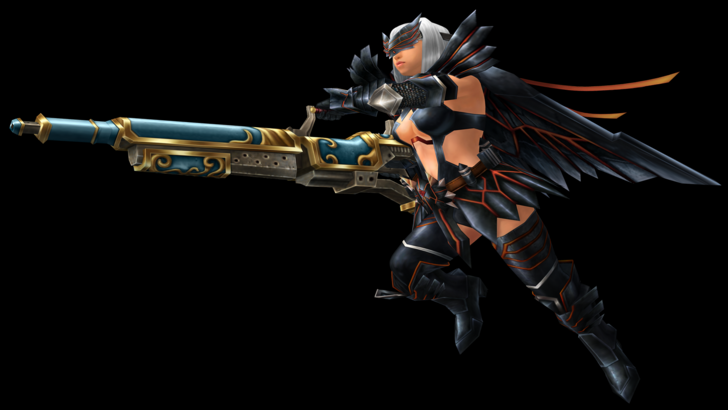
The Light Bowgun is a highly mobile ranged weapon, offering faster reload speeds, sheathing, and dodging compared to its heavier counterpart. Its mobility comes at the cost of limited ammunition choices and lower firepower. Customization options include barrels, silencers, and scopes.
Its ability to Rapid Fire certain ammo types allows it to compete with other ranged weapons despite its limitations. Monster Hunter 4 introduced "Critical Distance," adding strategic depth to ranged combat. Monster Hunter World added Wyvernblast (planting bombs) and a slide maneuver after shooting.
The Light Bowgun evolved from a weaker counterpart to a distinct weapon with enhanced mobility and unique capabilities.
Heavy Bowgun
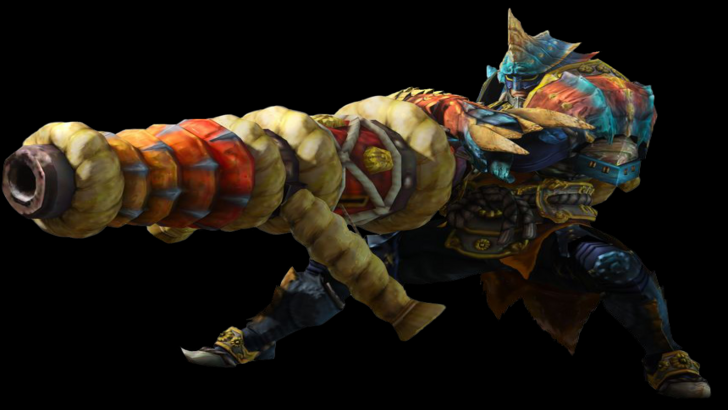
The Heavy Bowgun is the premier ranged weapon, boasting high damage and access to diverse special ammunition. Its size and weight significantly hinder mobility, restricting movement to walking while drawn. Customization options include shields for defense.
Its design remained largely consistent, offering powerful ranged support. Monster Hunter 3 introduced Siege Mode for continuous firing. Monster Hunter World introduced Wyvernheart (minigun) and Wyvernsnipe (powerful single shot) special ammo, requiring careful ammunition management.
The Heavy Bowgun's core identity remains unchanged: unleash devastating firepower with powerful ammunition.
Dual Blades
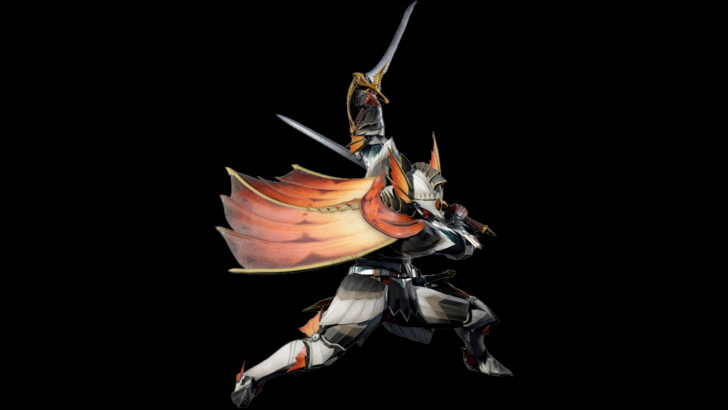
Known for its speed and flashy combos, the Dual Blades excels at inflicting status ailments and elemental damage. Introduced in the Western release of the first Monster Hunter, it was absent from the original Japanese release.
Its high-speed attacks, while individually weak, accumulate significant damage. Demon Mode boosts damage and unlocks additional attacks, but consumes stamina. Monster Hunter Portable 3rd and 3 Ultimate introduced the Demon Gauge, leading to Archdemon Mode, a more powerful state.
The Dual Blades’ core gameplay revolves around rapid attacks and managing Demon/Archdemon modes, further enhanced by the Demon Dash maneuver and adept dodge mechanics.
Second Generation
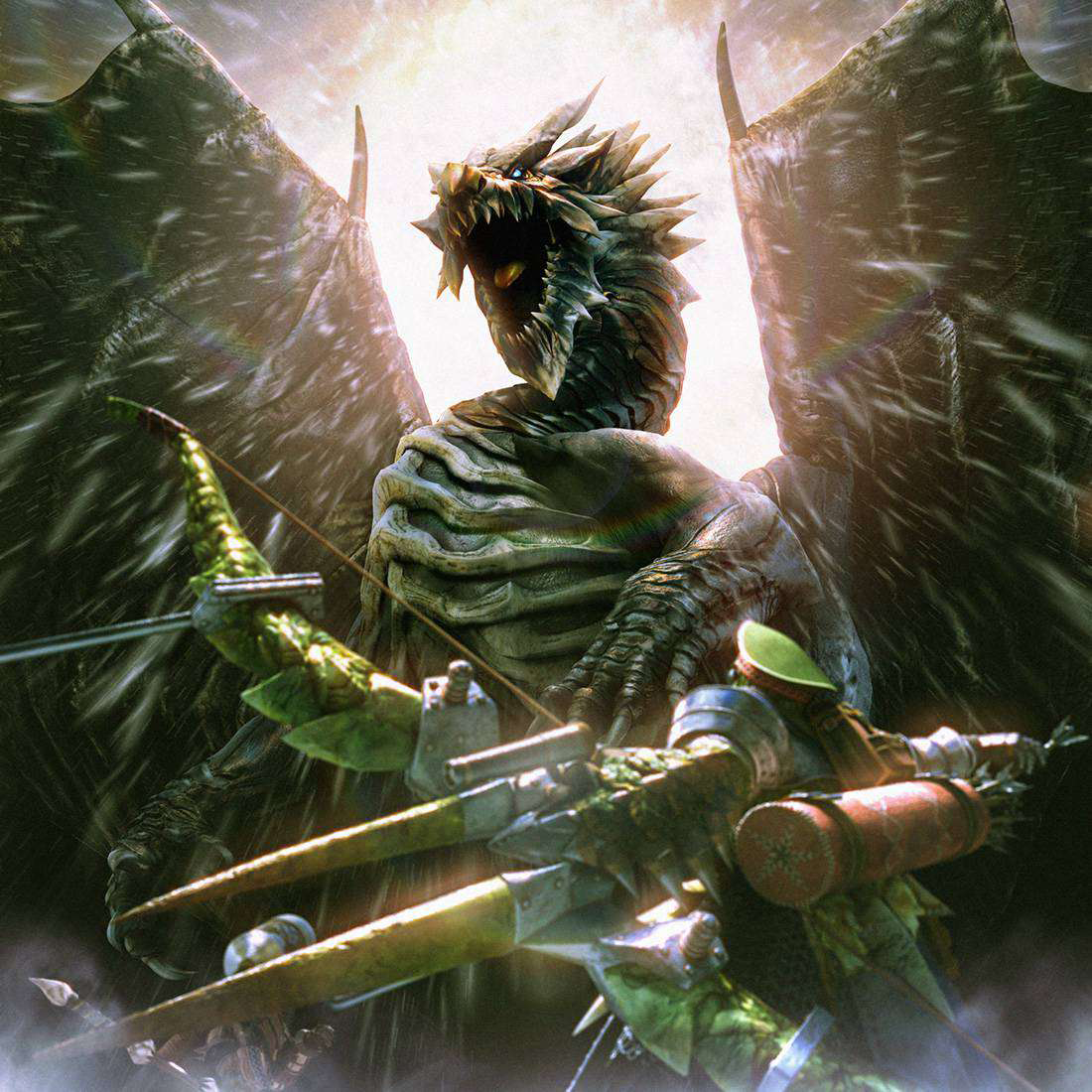
Introduced in the second generation, these weapons are cousins to the first generation, sharing similar functions but boasting unique movesets and mechanics.
Long Sword
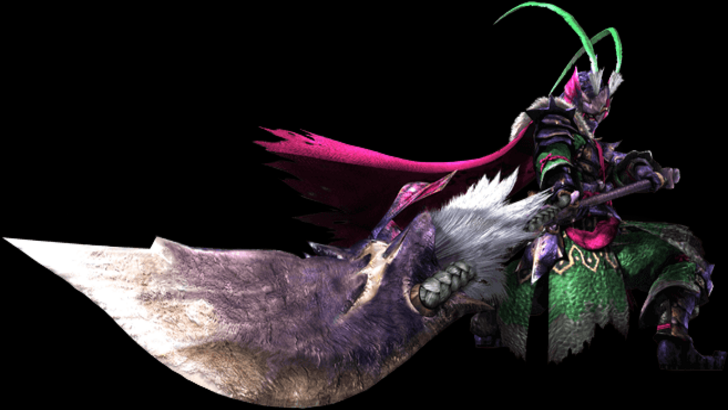
The Long Sword is known for fluid combos, high damage, and intricate mechanics. While sharing similarities with the Great Sword, it offers superior mobility and more flowing combos, sacrificing the ability to block.
The Spirit Gauge, filled by landing attacks, activates the Spirit Combo, a powerful attack string. Monster Hunter 3 added the Spirit Roundslash finisher and tiered Spirit Gauge levels, increasing attack buffs. Monster Hunter World added the Spirit Thrust Helm Breaker and Foresight Slash (a parry attack). Iceborne introduced Iai Stance, enhancing the weapon's counterplay.
The Long Sword's design evolved from combo-focused to incorporate counters and parries, maximizing the Spirit Gauge's potential.
Hunting Horn
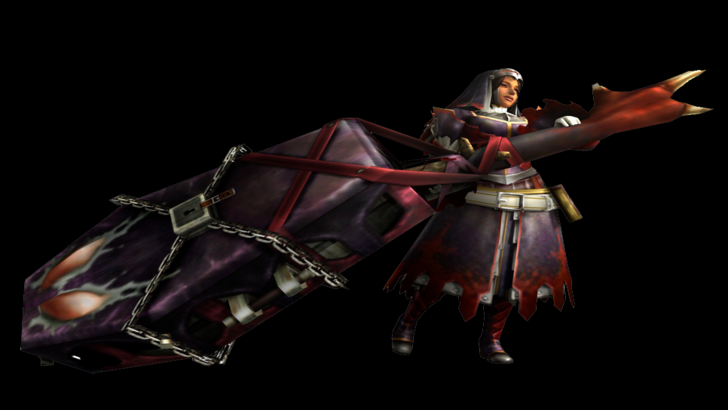
The Hunting Horn is a support weapon, utilizing Recital to play notes and trigger beneficial effects (attack/defense buffs, healing). It deals impact damage, primarily targeting the head for stuns, but with lower damage than the Hammer.
Changes primarily focused on improving Recital mechanics. Monster Hunter 3 Ultimate allowed note playing during attacks. Monster Hunter World introduced queued songs and Echo Notes, enhancing its offensive capabilities. Monster Hunter Rise significantly overhauled the weapon, simplifying Recital but causing some controversy.
The Hunting Horn's design evolved from a complex support weapon to a more accessible but less intricate one.
Gunlance
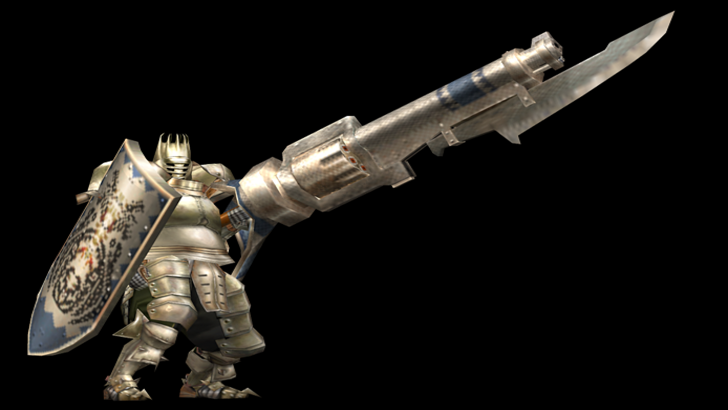
A hybrid of Lance and Bowgun, the Gunlance combines a shield and lance with shelling capabilities. It deals slashing damage, unlike the Lance's piercing attacks, and features finishers like Wyvern's Fire. Shelling abilities vary depending on the Gunlance.
Monster Hunter 3 added quick reload and Full Burst, enhancing its aggressive style. Monster Hunter X introduced the Heat Gauge, adding a risk/reward element to shelling. Monster Hunter World added Wyrmstake Shot.
The Gunlance maintains its unique identity, balancing shelling and melee combat, demanding careful management of resources.
Bow
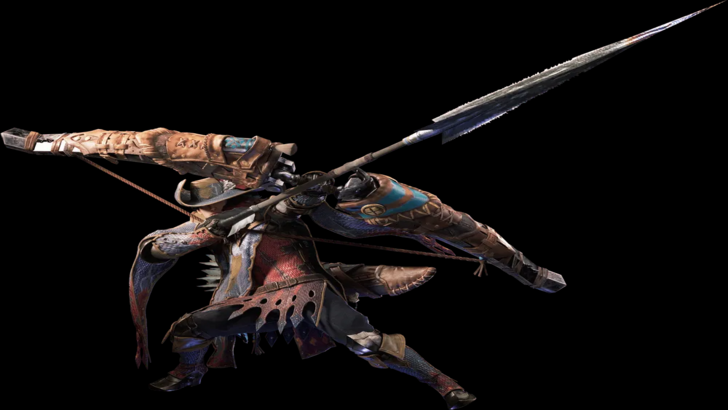
The most agile ranged weapon, the Bow excels in close-to-mid-range combat, utilizing mobility and fluid combos. It uses coatings to enhance damage and inflict elemental/status effects.
Early games featured Shot Types, later simplified in Monster Hunter World, which integrated them into the base moveset. Monster Hunter Rise reintroduced Shot Types, tying them to charge levels.
The Bow's design emphasizes aggressive, combo-heavy ranged combat.
Third and Fourth Generation
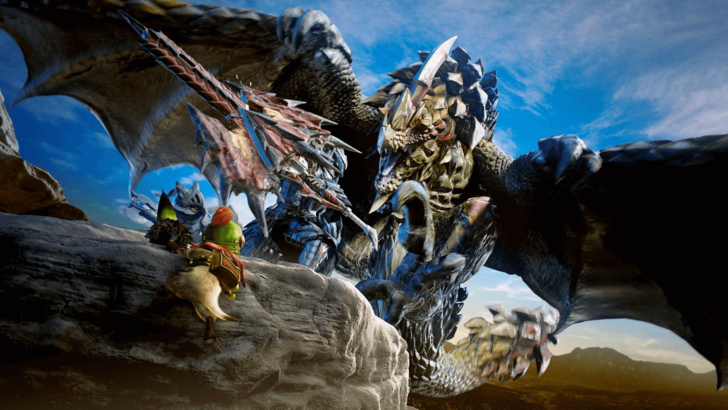
These weapons, introduced in Monster Hunter 3 and 4, feature unique transformation mechanics, adding complexity and versatility.
Switch Axe
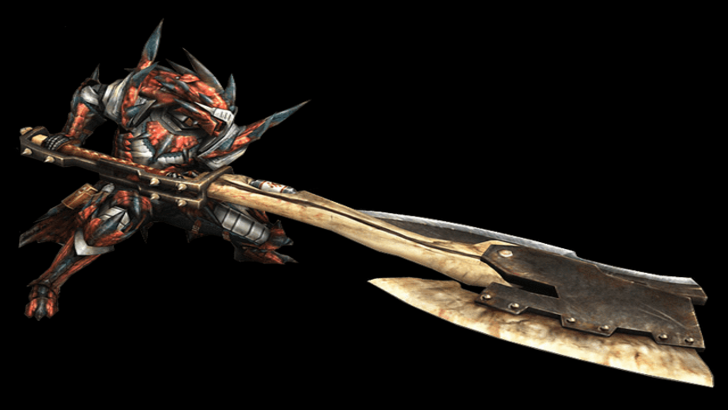
The Switch Axe has two modes: Axe Mode (mobile, long-range) and Sword Mode (higher damage, phial-based attacks). It balances offense between the two modes.
Monster Hunter World introduced Amped state, empowering Sword Mode. Monster Hunter Rise extended Amped to both modes.
The Switch Axe's unique form-swapping mechanics offer a dynamic and engaging combat style.
Insect Glaive
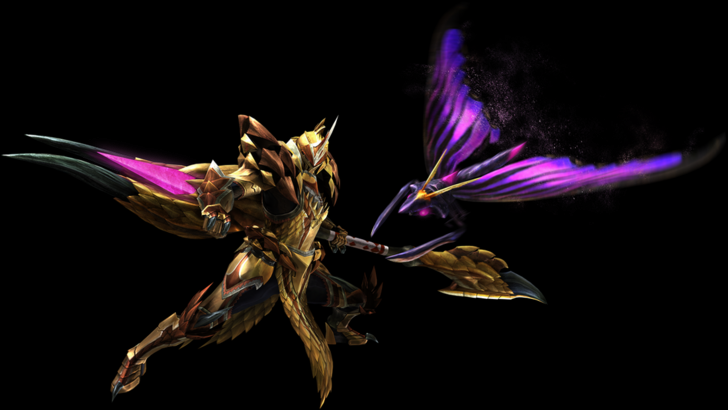
The Insect Glaive utilizes a Kinsect to collect essences, granting buffs. It specializes in aerial combat and mounting monsters.
The core gameplay revolves around collecting red, white, and orange essences for attack, mobility, and defense buffs. Monster Hunter World: Iceborne added Descending Thrust. Monster Hunter Rise simplified Kinsect upgrades and types.
The Insect Glaive's aerial prowess and buff system make it a unique and rewarding weapon.
Charge Blade
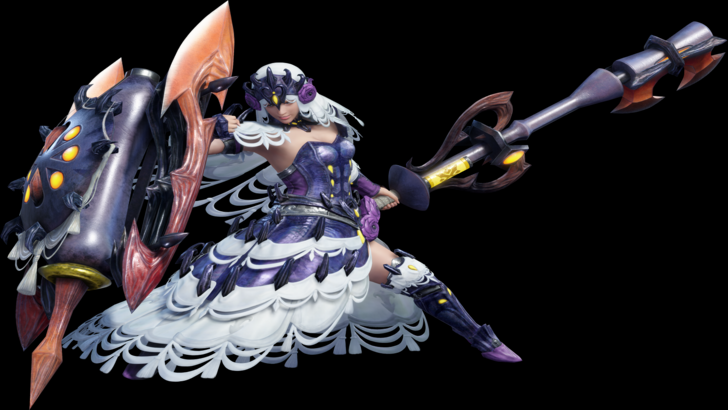
The Charge Blade is a transforming weapon with Sword and Axe modes. Sword Mode charges phials, while Axe Mode unleashes Amped Elemental Discharge. It's known for its versatility and challenging mechanics.
Mastering its guard points and mode transitions is crucial for maximizing its potential.
The Charge Blade's complexity and versatility make it a rewarding weapon for skilled hunters.
Will There Be More?
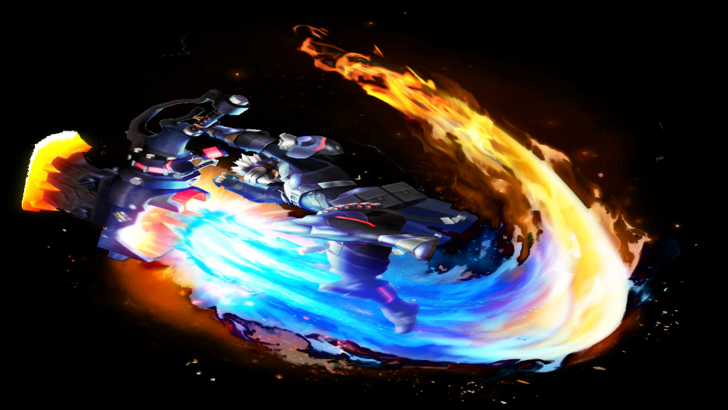
While Monster Hunter Wilds features fourteen weapons, more exist in regional releases. Future installments may introduce new weapons or revive older ones.
You may also like...
